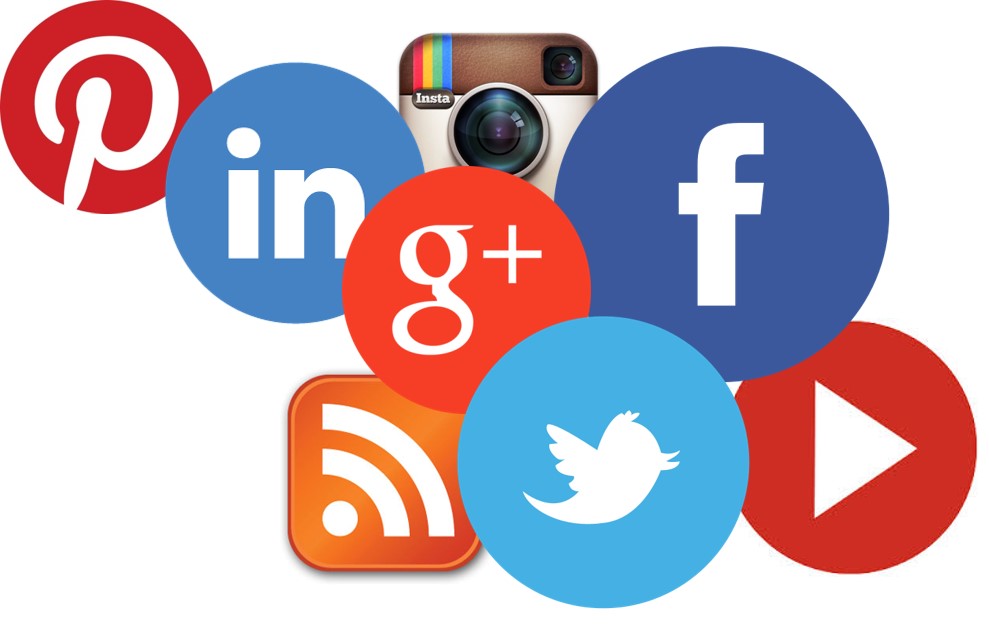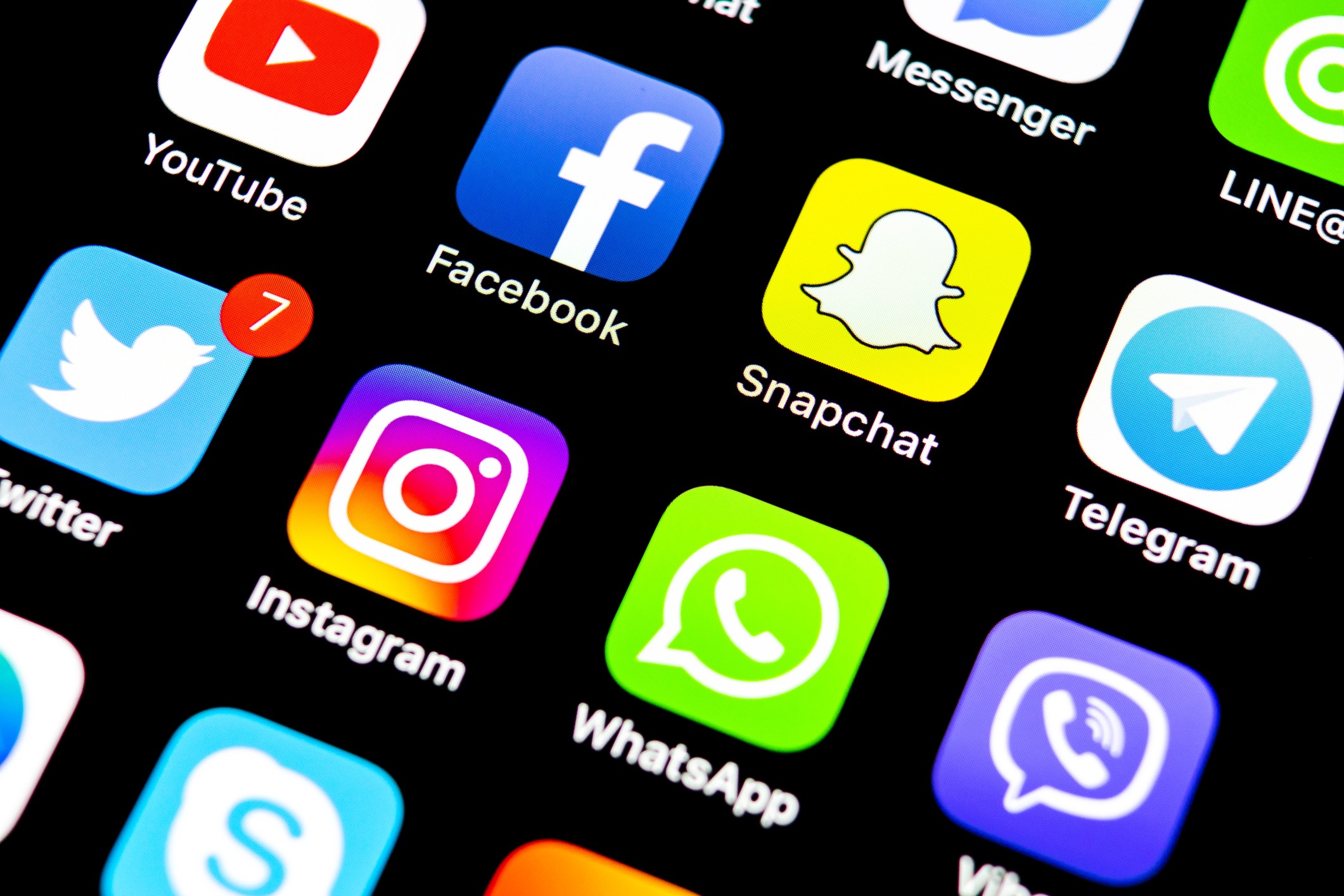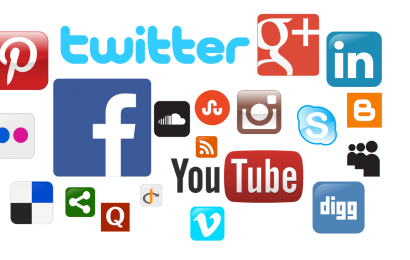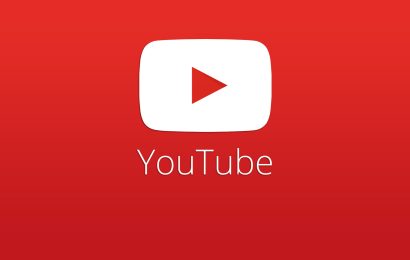It may sound like a great idea – but it is not that simple – unfortunately. One of the key things to remember when dealing with issues of social media technology is that people generally want to connect with other people and even get more like and views on whatever they post and for that, they use online platforms like Instant Famous. The technology itself has grown toward completing this need.
As creatures, we are by nature curious, we enjoy sharing what we find, and even though the technology has some cons, it comes with some amazing pros which just keep us all clicking.

The Challenge for us all – is how do we segregate our private lives from our public lives, and what do we have to do to draw distinctions between them. We can no longer afford to be naive and innocent regarding the technology itself. Social media technology affects our ways of doing business, our social relations as well as the lives of individuals its impact is genuine and is now starting to be noticed.
Behaviors and effects are only just now emerging after ten years of exposure to these new social-oriented technologies.
So how do we stop the kids sitting there and texting each other from the other side of the room?
Well, the usual answer regarding parenting would be to implement a deterrent.
But to do that efficiently and appropriately, we have to ensure that parents are skilled operators of mobile technology. It is only through an understanding of how the technology works that we can assess its impact on our personal, private, and public personas.
It is only through an understanding of the players in the social media communications game that we can truly understand the subtler points of how to play the game. Through understanding the motivations that drive Mobile App design, can we assess what is at stake and implement responsible and informed guidelines for use.
And by ‘use’ I mean what content from our lives that we choose to share on social media and what content others have shared from their lives that we choose to engage.
Social media devices transmit a very limited range of information in relation to face-to-face communication, barely just enough to maintain communication. So the technology natively tends toward scrambling the subtlety of a message, add to this the passion of response during a lively online social media discussion, and miscommunication and misunderstanding become highly likely.
We have to be aware of what messages are being transmitted by us in a social media scenario. Humans are complex creatures so we must understand that not all messages are overtly stated, some are implied. This can cause the imagination to run riot in some cases and scatter the emotions of those with an excitable nature, and within no time at all, you have a full-scale flame-war underway.
It is an enormous challenge – as social media technology brings us all closer together, the challenge for all of us becomes – to get along. It is undoubtedly the most significant challenge we all face today, and it is the reason behind every political and social skirmish that you read about every day in the newspapers.
So let’s go back to cyberbullying… What do we do about it?
Well as I mentioned, there is a whole range of online behaviors that are emerging now – and cyberbullying is perhaps one of the most difficult that have arisen from the use of mobile technologies and their applications.
The mobile phone is now an integral part of us and what we do every day – it helps us to do banking, be entertained, to shop, to connect with friends. All these activities make it difficult to separate these events from ourselves. Cyberbullying has inveigled its way into our lifestyles in the same way that it did in the schoolyard and for pretty much the same psychological reasons.
So what we have to do regarding parenting and educating our kids as well as educating the broader community – is look at why are the kids use social media, indeed why any of us choose to use social media at all. As responsible adults, we need to introduce some moral direction, guidelines, or restrictions around what is the good use, what is the fair use, and what is the bad or irresponsible use.
In the act of communicating on a social media website, app, or device, people seem to feel somewhat sheltered and protected by social media technology itself. Actual face-to-face communications yield considerably more information, detail, and pressure than is available from social media messages and communications.

Social media technology seems to allow people to feel distanced from their responsibility for their actions regarding their impact on other people’s lives because they are not talking directly to a person, they are talking to a device. That ‘there is a mind at the other end of the line’ is a point often missed, and sometimes it becomes the whole point if a malicious, negative, or anti-social behavior is the intention.
There was a phase a couple of years ago that made everyone’s jaw drop when there was a spate of people breaking up with their lovers in a text. These issues met with much discussion, and everyone was forced to form an opinion as to whether this was socially acceptable behavior or an act of cowardice as well as an indication of moral fiber and personal character.
The technology itself is innocent throughout all of these transactions and this point often gets missed is that the responsible party is the person motivating a given action. The classic example in the modern world is cars and guns – it’s the operator that is responsible not the technology.
It is essential that we all must take responsibility for the gift of freedom that social media technology brings to our communications capability. ‘With great power comes great responsibility’ – as they say.
We need to revalue our values and the way that we think about our information particularly within a social media context but much broader contexts too. We need to assess the impact of what we post and share with ourselves, to those around us, as well as to the broader community that may be affected by our actions – just like we do with motor vehicles.
So we need to have a bit more control of ourselves?
Yes, we do, and there are challenges in that – in that the design of the social media applications are intended to maintain and focus your attention on the information being delivered while simultaneously pushing as many advertisements under your gaze as possible before your focus drifts away.
The way in which a menu on an App is designed to deliver information provides substantial encouragement to make you want to connect to get more information, to make you want to share things, to make you want to comment and share your opinion.
It’s a little bit like a poker or slot machine that you carry around in your pocket.
Advertising and marketing strategies that have been around for a long time, many tried and true psychological approaches that are almost guaranteed to get the engagement as well as brand new marketing strategies designed to engage the user are deployed.
Advertising strategies are layered to concentrate the marketing effort, frequently including awards, rewards, incentives, and things to collect, most of which provide only illusory benefits to the user.
It’s a bit like a donkey and a carrot on a stick – with the user being the donkey. Parents and all users of the technology need to understand the way that the companies who pay for and sponsor social media app technology and development operations. How do the companies who built a given social media app or device derive profit from gathering information from a user’s interactions with the technology?
We need to apply a reality or human nature filter when we use social media technology so that we, as responsible adults can make conscious choices about where to draw boundaries to safeguard our kids and their personal information.
So where do you put the boundaries?
What I think we all need to understand is that it is not just a teenage thing, or an old person thing or a grown-up thing, but to a considerable extent, the technology affects us all in the same way, which is why the advertising and marketing strategies work generating profit for the companies behind the social media technology.
What we need to do is to ask ourselves ‘where our personal, private, and public lives start and end’.
We need to understand the differences, for example: in our public lives, where we work, we maintain professional conduct in our communications. Wherein our private lives our relationships and our communications with our personal friends are run along far more casual, open, and candid lines. These areas of our lives must be maintained as mutually exclusive to prevent something akin to professional suicide.
Online behavior in our private and personal relationships should not be allowed to bleed into our professional lives as this would generate inappropriate messages that could wreak havoc in our professional communications.
In a lot of the work, I do with different organizations, when we pose this simple question to them, and we get a lot of – ‘Oh I never really thought of it that way’.
Answering this simple question is the first step to taking back control of the information generated by our lives, allowing us to form opinions and determine what content would be appropriate within each context should we choose to share.
This opens up the next question which is about appropriate use – what content would be appropriate given the personal-private-public contexts of our different audiences and questioning who will be likely to see any given communication across a social media platform.
As we see in our real-world communities, the legal system is now catching up with how we use social media technology. We are beginning to question what we will tolerate as a community, what standards of content are appropriate within our community. We are starting to see when a user crosses a line of demarcation that there can be legal ramifications ensue from specific social media situations that may be running close to the edges of social acceptability.
So we have the legal and punitive at one end of the spectrum and the education at the other. It is really important to consider which areas of personal, professional, or public life we are operating in while in a social media scenario. Where do one area end and another area start? What content guidelines determine what content is appropriate for use in a particular situation? We need to answer questions in each social media context before we decide to post and broadcast our message to the world at large?

It is all about thinking about what values we want to maintain and imposing those values upon ourselves, personal restrictions if necessary, about how we as individuals choose to use social media technology.
What we need is a perspective from higher ground.
Social media powers represent an almost telepathic capability for humanity, and there are many benefits to derive from this technology, it does not need to be a hostile parasitic entity feeding off our information for its private gain.
We need to employ a higher level of thinking about our personal information about social media technology and the companies that drive the digital economy. We can no longer afford to be passive, innocent, and naïve about the underlying structures that derive profit from our personal information.
These questions allow us to take a more abstract view of social media paradigms, this big-picture thinking is at the core of social-remediation processes, and the time for such considerations is now, as the technology is already in runaway mode and taking our information and identities with it.








